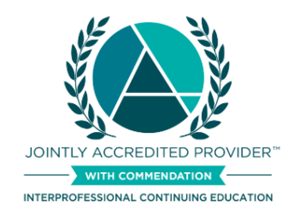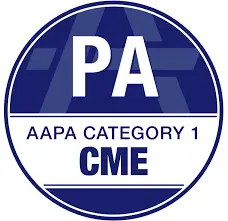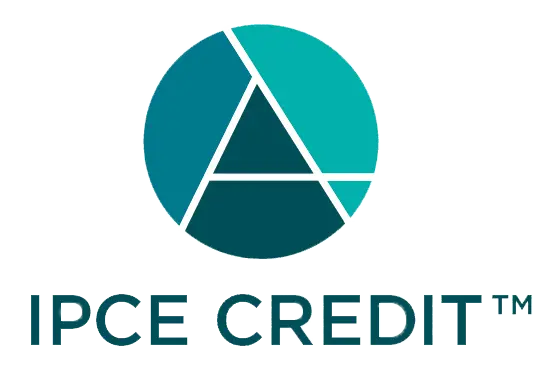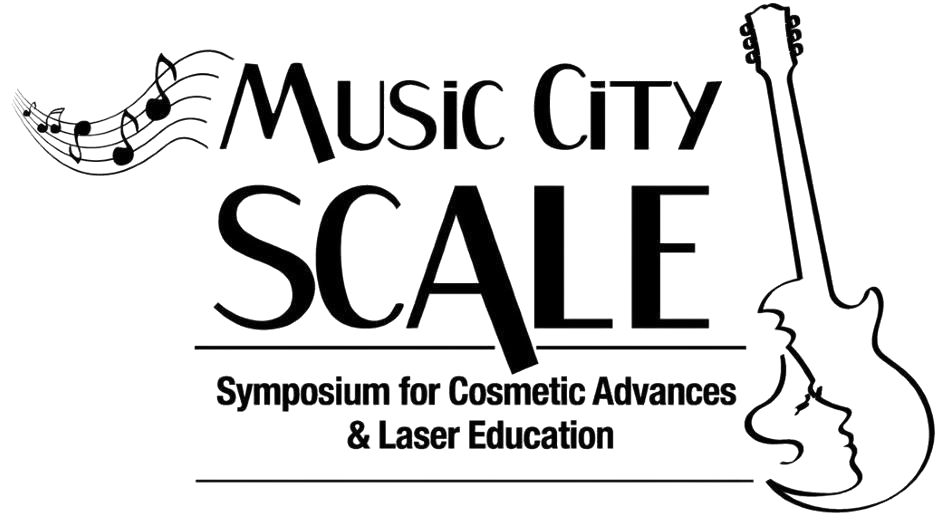CE
26
Target Audience: This activity is designed for an audience of nurses, physicians, and physician assistants.
Plenary Sessions
Learning Objectives
Upon completion of the educational activity, participants should be able to:
- Review current treatment options for patients with alopecia areata including recent JAK inhibitors
- Compare new and emerging therapies for Atopic Dermatitis (AD)
- Compare and contrast established and novel therapies for treatment of acne
- Review treatment options for current and emerging therapies for the treatment of actinic keratosis
- Discuss advances in treatment of non-melanoma skin carcinomas including rare skin tumors
- Review new and emerging treatments for basal cell carcinoma and squamous cell carcinoma
- Discuss application for various neurotoxins, dermal fillers, surgical and minimally invasive treatments for facial rejuvenation and elimination of submental fat
- Compare and contrast available options for non‐invasive body contouring and reduction of cellulite with energy-based devices
- Recognize strategies and treatments for a diverse patient population including ethnic and gender differences
- Discuss indications, contraindications, and properties of existing and emerging neuromodulators and dermal fillers approved for use in the US
- Review the anatomy and injection techniques for specific regions of the face including the chin, jawline and brow
- Discuss treatment options for molluscum contagiosum
- Review the prevalence, severity, and impact of primary axillary hyperhidrosis and other common forms of hyperhidrosis
- Review the prevalence, severity, and impact of hidradenitis suppurativa (HS)
- Review treatment options for patients with hair loss
- Review the latest advanced techniques in lasers, light, ultrasound, and radiofrequency devices
- Identify the current and emerging therapies available to manage moderate to severe psoriasis
- Review treatment strategies, based on knowledge of the indications, efficacy, and risks of available rosacea therapies, to achieve therapeutic goals in rosacea treatment
- Describe advances in the management of patients with vitiligo
Commercial Support:
Devices 101 Workshop
Learning Objectives
Upon completion of the educational activity, participants should be able to:
- Review the latest advanced techniques for energy-based devices to provide optimum patient outcomes and reduce complications.
- Describe laser physics and laser safety.
- Compare and contrast the various types of lasers.
Commercial Support: There is no commercial support for this activity.
Facial Anatomy Workshop
Learning Objectives
Upon completion of the educational activity, participants should be able to:
- Describe the anatomy of the face in terms of volume loss and structural changes in multiple tissue layers
- Identify the functional aspect of facial muscles including surface landmarks
- Assess a patient’s candidacy for facial rejuvenation with neurotoxin, dermal fillers and deoxycholic acid
- Recognize the appropriate anatomical plane for injection when using dermal fillers and deoxycholic acid
- Differentiate among dermal filler agents
- Distinguish between sensory and nerve anatomy
- Perform neurotoxin, dermal filler and deoxycholic acid injections for a range of indications
- Identify anatomical ‘danger zones’ which may result in adverse events or permanent injury if neurotoxin, dermal fillers or deoxycholic acid are injected improperly
- Assess the benefits of utilizing ultrasound technology for guided anatomy mapping and injections
Commercial Support: There is no commercial support for this activity.
Facial Ultrasound Imaging
Learning Objectives
Upon completion of the educational activity, participants should be able to:
- Assess the benefits of utilizing ultrasound technology for guided anatomy mapping and injections to prevent complications.
- Review how to perform an Ultrasound examination of the face and injecting and identifying fillers under Ultrasound guidance.
Commercial Support: There is no commercial support for this activity.

Accreditation
CE Credits
Credit Types
Nurse: ANCC contact hours
Nurse Practitioner: ACCME AMA PRA Category 1 Credits™
Pharmacy: ACPE application-based contact hours
Physician: ACCME AMA PRA Category 1 Credits™
Physician Associate/Assistant: AAPA Category 1 CME credits

Non-Physician Member of the Healthcare Team: Certificate of Participation
Interprofessional Continuing Education: IPCE credit for learning and change

International Recognition
Requirements for Credit
ADA Statement
Disclosure of Relevant Financial Relationships
Any individual with control over accredited content, including planner, faculty, and reviewer, is required to globally disclose:
- Any individual relationship or lack thereof, and its nature, with any/all ineligible company; and
- Any investigational, off-label, or non–FDA approved content or discussion
Education has been independently peer-reviewed to validate content, mitigate identified financial relationships (conflicts of interest), and ensure:
- All recommendations involving clinical medicine are based on evidence that is accepted within the medical profession as adequate justification for their indications and contraindications in the care of patients.
- All scientific research referred to, reported, or used in accredited continuing education in support or justification of a patient care recommendation conforms to generally accepted standards of experimental design, data collection, and analysis.
- Content is appropriate, fair and balanced, unbiased, referenced, and non-promotional.
